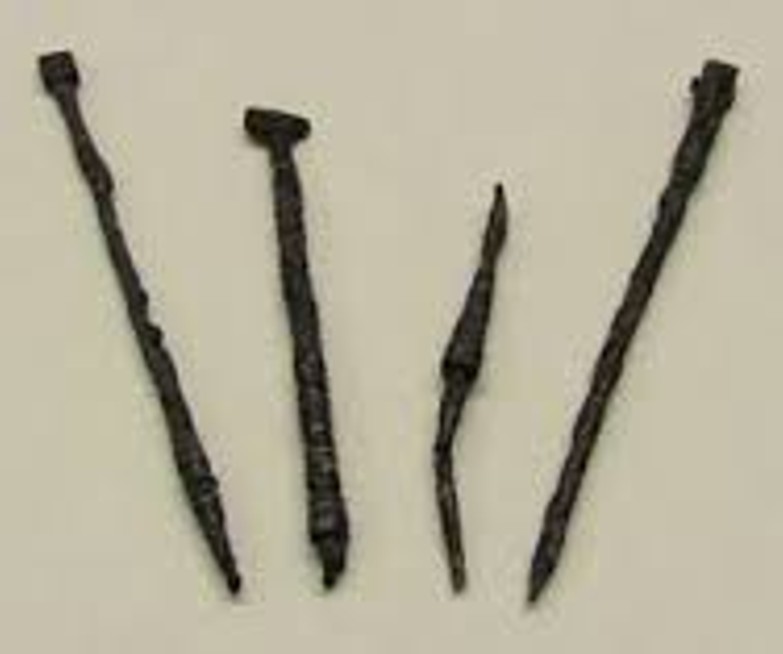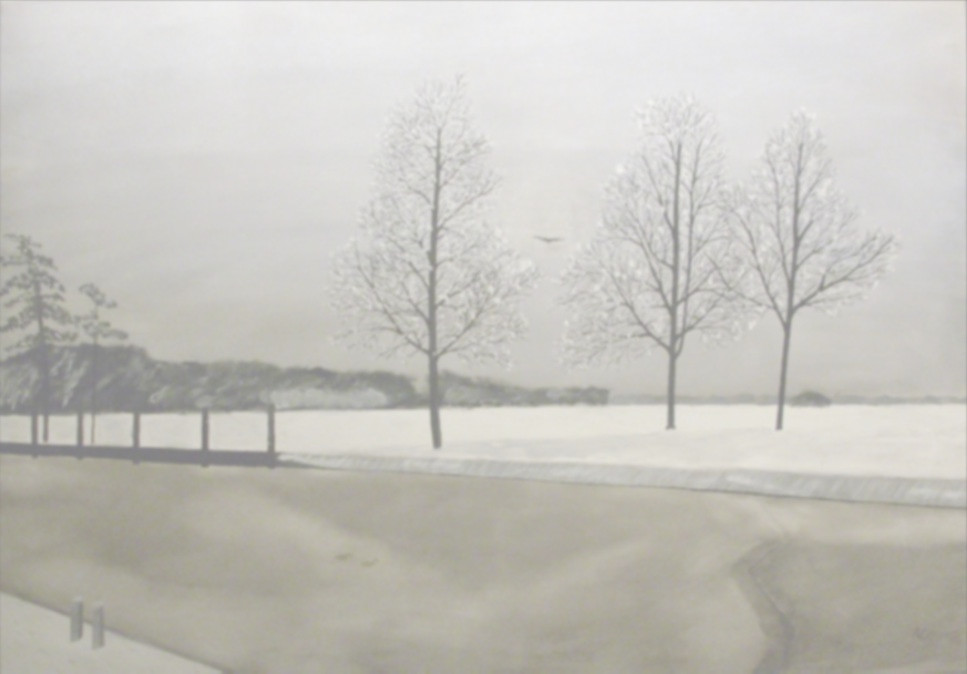The history of encaustic painting
|
The Encaustic painting is an invented in ancient painting method. This Painting Method wax was mixed heated with colors and applied in liquid form on stone, ivory and wood and burned by a hot spatula on the canvas (Encaustic is Greek and means something like burn - fire heat). This technique was already known 3000 years ago by the Egyptians, who produced their mummy portraits so. But the Romans and Greeks used to this method of painting. Evidence of this art are Egyptian mummy pictures in the British Museum in London and the National Museum in Cairo, and murals from Pompeii. The Encaustic painting can be described as originating painting because it was long before the oil painting since. During the Middle Ages the knowledge of encaustic painting was lost. The presumption is that the cumbersome handling of that painting tools prevented many people from exercising this painting. This problem is solved using modern materials for painting as the painting iron and Malpen in our time. We can explore this method of painting with wax colors and create entirely new. One of the first design forms part next to the cave paintings and encaustic. A common hypothesis is that about 3000 years ago the Encaustic Artists have incorporated color pigments in beeswax, with a hot spatula auftrugen in wood and ivory and their graves adorned it. Since wax is also a very good preservative effect used by the ancient Greeks to wax for waterproofing to their ships. Therefore, it was provided to only a question of time, waxes with color pigments and use. The overlapping of Troy Greek ships were painted and it is likely that they were decorated with encaustic painting.
Old Encaustic paint tools
The current knowledge of the ancient encaustic painting is based on the famous Roman historian Pliny Mayor. He lived in the 1st century AD describes in his books the encaustic painting. Probably he had no direct knowledge and wrote facts at third hand. But an impression of the various techniques of encaustic painting are his work again: The portrait painting, the coloring of marble, ivory and wood. Also mentioned by Pliny Encaustic paintings that already were at that time owned for centuries by the Roman aristocrats and were dated to about 1 century BC. The peak of the Encaustic painting in the old form was in Egypt as from the 1st to the 3rd century. The Mumienportaits of the Greeks and Romans should probably be the best known, which were found in the graves. In the Nile valley lived in the time the Greeks, Syrians, Libyans and Egyptians, as well as other nations. A large Greek population had settled in this valley, after it was conquered by Alexander and took over gradually the habits of the Egyptians. Except that they mummified their dead, they gave a Encausticbild (portrait) to the grave. These mummies portraits are probably the only ancient works of art, which are obtained. It is amazing that the colors are well preserved after more than 2000 years. It is probably the protective effect of the wax owe. In the Middle Ages the Roman Empire and also the art of encaustic painting disintegrated forgotten. This Technique was too labor-intensive and difficult. The cost to produce an image were high and could not keep produce the new technology colors. In the 18th century Encaustic painting by the French archaeologist Anne-Claude-Philippe Comte de Caylus was rediscovered. He conducted numerous experiments, based on ancient writings and murals from Pompeii. His research and experience he summarized in treatises on Encaustic. At the Paris Academy he found followers for his methods. In Saint Germain des Pres was erected in his honor for the rediscovery of Encaustic Painting a monument in the local library. However, the artists and professors of the 19th century had to the ancient art of painting could not be reconstructed using the same few sources. Therefore we proceeded to this technique again to reinvent and apply as "New Encaustic". In Munich, a private center for Encaustic developed. King Ludwig I, inspired by Leo von Klenze and Georg Dillis, sends artist Georg Hiltensprenger to Italy to study the Encaustic painting there. (1797 - 1850) in the Pinakothek in Munich Works of court painter Carl Rottmann are on his subjective view of Greece to visit on 23 cast stone panels. As before, the methods were still too expensive for the final breakthrough of encaustic painting. Even artists from the 50s could not create that Popularitait this painting technique. A true rebirth of Encaustic painting takes place in the 20th century. Thanks to the advancing technical development, this art becomes even more interesting because the melting of the wax at the right temperature is now taken over by electrical devices. Several devices have been developed, such as the painting iron, the Malpen verschienen with articles and a hot plate.
In the hobby Encaustic painting comes to great popularity. However, there are now also professional artists. The handling of the equipment has become easier and the wax is available in many different colors. A further advantage is that today's wax has almost no time to dry and can be worked up to a point again and again. Michael Bossom has put the Encaustic very far forward. In the USA, encaustic painting has been very widespread and developed. He has published 2 books in Germany. Encaustic painting is as diverse as any other modern painting, although it has been practiced a thousand years ago. Encaustic painting uses heat and requires a reliable source. With the special male iron and the mint, as well as the heating plate, the requirements are always fulfilled. In the USA special Encaustic brushes have been developed with which one can work almost like in acrylic or oil painting. The wax paints no longer have to be produced by themselves. They are available in many color tones in the trade or by artists such as Helmut Hartmann. Another source of reference is the Encaustic Academy in Weilheim. The background is a special painting style, which is also available in different colors. Professionals also paint on canvas and painting boards, etc. There are no limits in the selection of painting grounds. The finished pictures can be polished with a linen cloth. Since bee growth is insensitive to moisture, such an image is almost indefinitely durable. NU |

